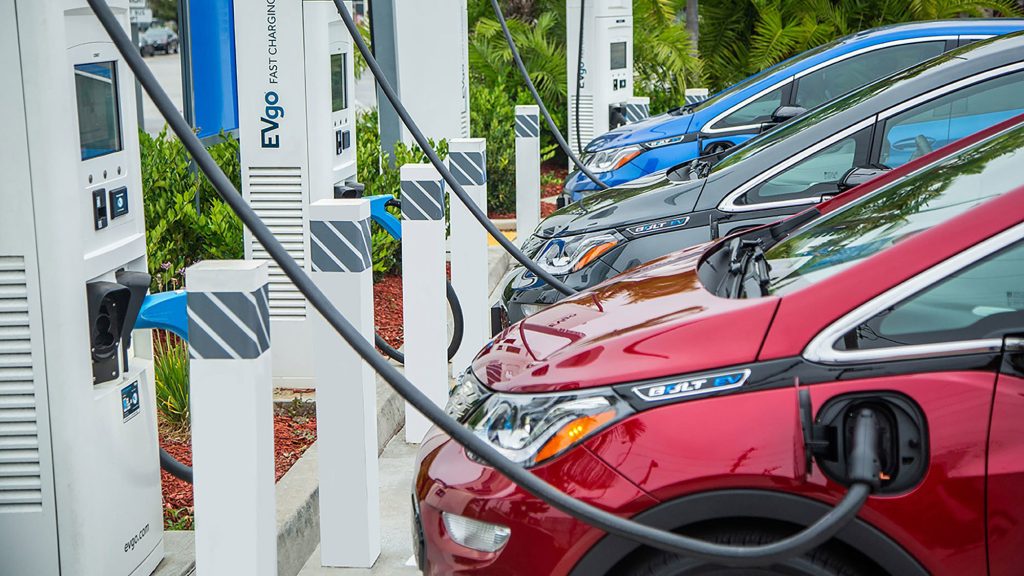In recent years, the electric vehicle (EV) market has witnessed a remarkable evolution, shaping the future of transportation and sustainability. This article delves into the dynamic landscape of the maturing electric vehicle market, highlighting the groundbreaking innovations, widespread adoption, and the crucial development of supporting infrastructure.
Innovations Accelerating the EV Revolution
Charging Efficiency and Range Enhancement
The driving force behind the surge in EV adoption lies in the innovative strides made in charging efficiency and battery range. Cutting-edge technologies have led to faster charging times, reducing the apprehension of long charging halts during journeys. Simultaneously, advancements in battery technology have extended the driving range of EVs, eliminating the “range anxiety” that deterred potential buyers in the past.
Autonomous Driving and Connectivity
Integrating autonomous driving features and seamless connectivity has propelled the EV market further. Manufacturers are incorporating sophisticated self-driving capabilities, enhancing both safety and convenience. These features not only attract tech-savvy consumers but also contribute to the overall reduction of accidents on the road.
Embracing EV Adoption: A Global Shift
Government Incentives and Policies
Governments worldwide have recognized the importance of transitioning to cleaner transportation alternatives. Through lucrative incentives, tax breaks, and reduced registration fees, they encourage consumers to switch to electric vehicles. This proactive approach benefits the environment and fosters economic growth and job creation within the EV industry.
Changing Consumer Mindset
As environmental consciousness grows, consumers are increasingly inclined to align their purchasing decisions with sustainability goals. The growing awareness of the detrimental impact of traditional internal combustion engines has prompted a shift in consumer preference towards electric vehicles. This shift indicates a broader societal change towards a greener, more eco-friendly lifestyle.

Infrastructure Development: Powering the Future
Expanding Charging Networks
The expansion of charging networks is a pivotal factor in the success of the EV market. Industry leaders and governments are collaborating to establish an extensive charging infrastructure covering urban centers and long-haul routes. This network expansion addresses the concern of charging accessibility and further normalizes the usage of electric vehicles.
Renewable Energy Integration
Integrating renewable energy sources is imperative to maximize EVs’ sustainability. Solar-powered charging stations and wind energy-powered grids reduce the carbon footprint of EV charging and contribute to a more resilient and eco-conscious energy ecosystem.
Transition Words for Coherence
Transition words play a vital role in guiding readers through the article seamlessly. Words such as “furthermore,” “conversely,” and “likewise” establish logical connections between ideas, creating a coherent flow that enhances the reader’s understanding.
Conclusion
The maturing electric vehicle market is a testament to the progress made in innovation, adoption, and infrastructure development. With groundbreaking technological advancements, shifting consumer mindsets, and a commitment to building a comprehensive charging network, the future of transportation looks brighter and cleaner. As the world moves towards a more sustainable future, the electric vehicle market stands at the forefront of this transformative journey.


